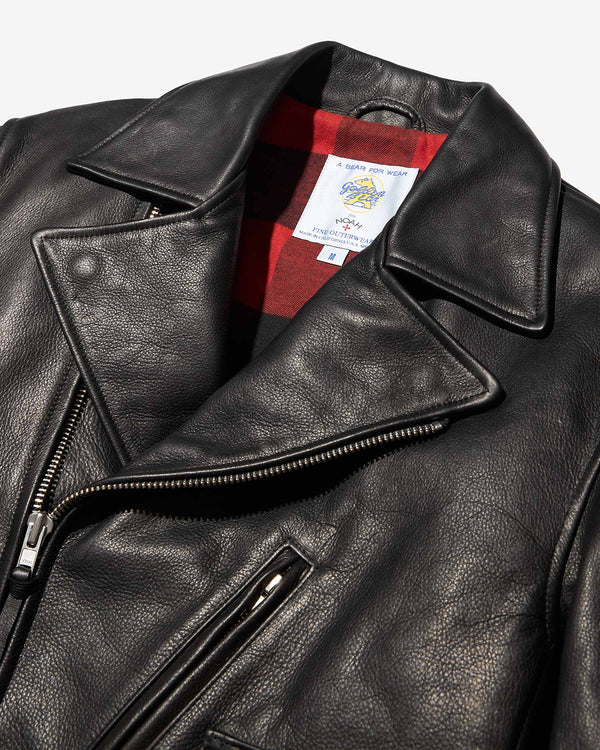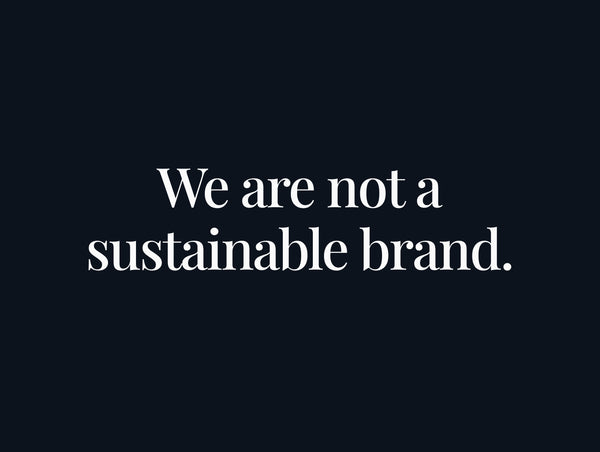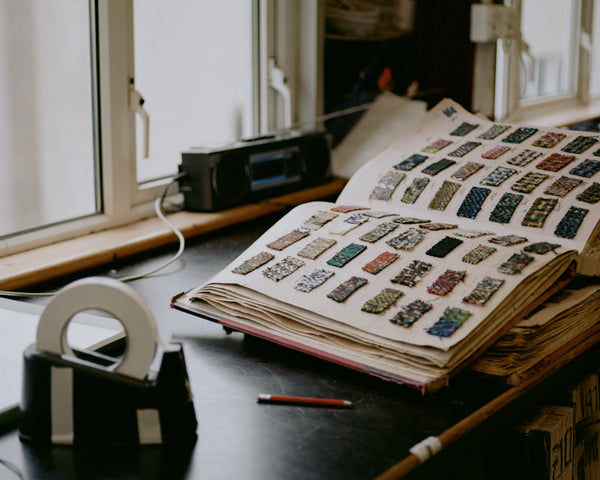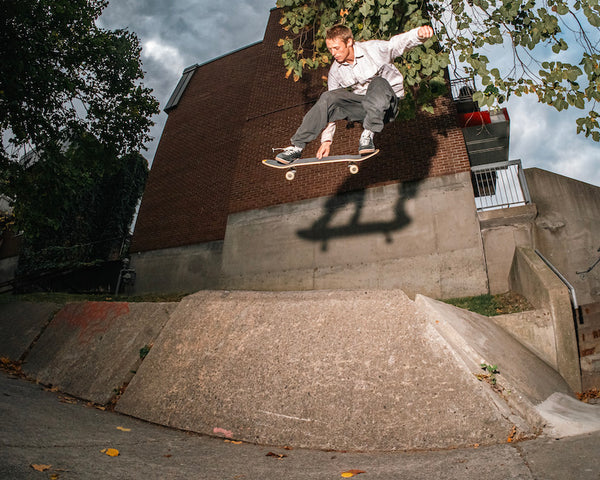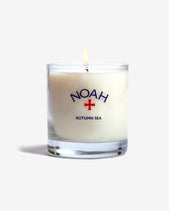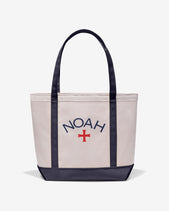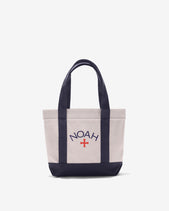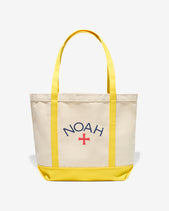
We’re proud to introduce Tanasia Swift, our newest Noah Field Team member. The Noah Field Team is a diverse group of individuals, typically from outside our industry, whose physically active, engaged lives give them a unique perspective on the world.
Tanasia is the manager of the Community Reef Program, an initiative to support local marine stewardship, at Billion Oyster Project. Born and raised in Bedford-Stuyvesant, she’s a self-proclaimed “water enthusiast” who loves being around, in, and on the water. It was while crabbing with her father in Coney Island as a young girl that she developed her affinity for all things water. This early exposure led to her passion for environmental issues, specifically on areas of justice and resilience of New York City waterways.
This fall, we caught up with Tanasia as she was leading an oyster reef re-installation at the Kaiser Park Fishing Pier in Coney Island. During this re-installation, BOP restocked the Coney Island Creek Community Oyster reef with 28 files filled with baby oysters called spat. The Oyster reefs that Tanasia and BOP are rebuilding will provide habitat for thousands of species and help protect New York City from storm damage—softening the blow of large waves, reducing flooding, and preventing erosion along the shorelines.

What initially drew you to the NYC waterways and oysters? When did you get involved with Billion Oyster Project?
Going crabbing with my dad as a little girl initially drew me to the water. I would tag along with him to Coney Island and watched as he’d pull up blue crabs in his trap. I also loved the mystery of not knowing exactly what’s hiding underneath the surface of the water. As a child, I had questions about what lives in the harbor, how deep is the harbor, and do any large animals live there? These questions persuaded me to study the waterways more deeply.
I learned more about oysters during my time at the New York Harbor School, which is a public Career and Technical Education (CTE) high school located on Governors Island. During my time at NYHS, I learned how oysters shaped the culture of New York City. The oyster feels like a time capsule—it’s the same species that the Lenape harvested. It feels rewarding to be a part of restoring a species that has so much history behind it. It seems like the New York thing to do. I started my job at the Billion Oyster Project in May 2017.
Can you tell us what your job as the Community Reef Regional Manager entails?
As the Community Reef Manager, I lead field events at BOP’s Community Reef Sites and manage relationships with partners and schools in those communities. Those sites include Canarsie, Brooklyn Bridge Park, Sunset Park, Coney Island, and Far Rockaway. We are planning to expand that list. I am responsible for bringing groups to the waterfront, teaching them about BOP’s work, and promoting marine stewardship.
I work with students of all ages. They have the opportunity to engage with NYC wildlife when they visit a Community Reef Site. They have the opportunity to touch and explore different fish, collect water samples, and see New York Harbor from a different point of view. Some of the Community Based Organizations (CBOs) that I work with have been active for years. I learn a lot of the history of those communities through my interactions with all of our local partners. It’s an exchange of information. When I am not in the water, I can also be found at local community events, community board meetings, and knocking at the doors of schools to include them in BOP programming.

What is the current state of our waterways here in New York City ? Since you first got involved with BOP, have you seen any improvement?
Three years is a relatively short time frame to notice major changes in water quality. However, I do see that more folks are using the waterways for recreation. Waterfront communities used to be mostly desolate areas. Now you’ll find people jogging along the water, having picnics, restaurants, and other attractions.
From recent reports, New York Harbor is the cleanest it has been in years! Cleaner waters promote a higher abundance and diversity of fish. Those fish attract larger marine species like sharks, dolphins, and whales. Until 2019, I had never seen a whale in New York Harbor. It was absolutely breathtaking. It’s another reason to be proud of New York Harbor’s progress. Of course, the work does not stop here.
What role does BOP play in creating a better ecosystem for the local NYC waterways?
BOP restores oyster reefs to New York Harbor through public education initiatives. Oysters are natural filter feeders—they help filter New York Harbor and improve water quality. Oyster reefs also provide habitat for fish and other critters, which increases biodiversity. Generally, oyster reefs have the ability to protect shorelines by weakening wave energy before it hits shore. Through BOP’s work, we are promoting a better ecosystem.

Talk to us about the seeding programs BOP does and the shell collection program from restaurants?
BOP has a shell recycling program. We collect shells from restaurants all around NYC. Normally restaurants would dispose of their shells and the shells would be sent to a landfill. Instead, we use the shells as the base for our reefs. Our restaurant partners hold the shells that are served from oysters, clams, and other shellfish. We then pick up the shells with a large truck and transport them to a “curing area,” which is a large outdoor area where shells are left to dry out in the sun. The sun kills off any living matter, and, after a year, those shells are ready to be seeded with baby oysters called “spat.”
Our oysters are spawned and grown by students at the New York Harbor School. Oysters are free-swimming organisms during the early stages of life. Once they lose their swimming ability, they attach themselves to a hard surface—they tend to attach to other oyster shells and live the remainder of their lives attached to that surface. The seeding process involves introducing free-swimming larvae to a tank of recycled shells and letting the larvae attach themselves to the shells. The students care for and feed the spat until they’re ready to be installed at a BOP reef site. One of our curing sites and our hatchery is located on Governors Island.


What are some of the types of native oysters found in our local waters?
There is only one species of oyster that grows along the east coast: the Eastern Oyster (crassostrea virginica).
What do you think about this renaissance the waterways are having between programs like BOP, the increase in ferries for city transportation, new waterfront parks, and recreational activity happening on the water? Is this for the better?
Waterfront activities are becoming a part of a New Yorker’s daily life. People are taking NYC ferries to transport around the city and that's amazing! Waterfront parks allow access to peaceful places to unwind. Some waterfront activities are less invasive but others can be disruptive to the ecology and culture of an area.
The waterfront is now a prime location for many developers. Current residential waterfront communities can be displaced by activities that bring in income. Hopefully, this new waterfront renaissance will bring a heightened awareness to local ecology and potential flood risks. People are more inclined to participate in a cause if they feel a connection to it. I’m hopeful that this waterfront renaissance will develop the next generation of waterfront warriors to protect it.
What do you do to be more environmentally conscious on a daily basis?
I try to limit the amount of products that I purchase to reduce waste. I never leave the water running if I’m not using it. I carry a large backpack with me in case I go food shopping. I use a reusable water bottle and plant-based cleaning and hygiene products.
What else can each of us do individually in our lives to be a bit more gentler on our planet and local waterways? Generally, we can be more responsible with our resources. For example, invest in good quality products that can be reused. When purchasing clothes, buy items that will last a few years. Purchase a set of bamboo utensils for eating on the go.

For the next generation that will inherit our local land and waterways, what advice would you pass on to them?
I think the generations after me are becoming more environmentally friendly. They are more aware of the impact we have on our earth. That’s a great sign. They’re on the right path.
A lot of the information we know about oysters and the health of the harbor was gathered by reading journals, analyzing maps, and dissecting photographs. History should be told from all points of view. I would advise the next generation to choose a piece of land or a waterway that they connect with and keep a record of that place. This can be done by taking photos and documenting what you see whenever you visit. I would also advise them to take on roles that deal with how decisions are made regarding our land and water.
What’s next personally for you at BOP? Any upcoming projects?
BOP is always looking to expand our reef sites. The goal is to have a reef in every borough. We are close to installing a community reef in Far Rockaway, Queens. We have the Soundview Project in the Bronx and the Living Breakwaters Project in Staten Island. Those are all collaborative projects with other organizations. As we expand, we’re hoping to onboard more community scientists, schools, and community partners. You can find more information about all of our sites on the BOP website at billionoysterproject.org.
